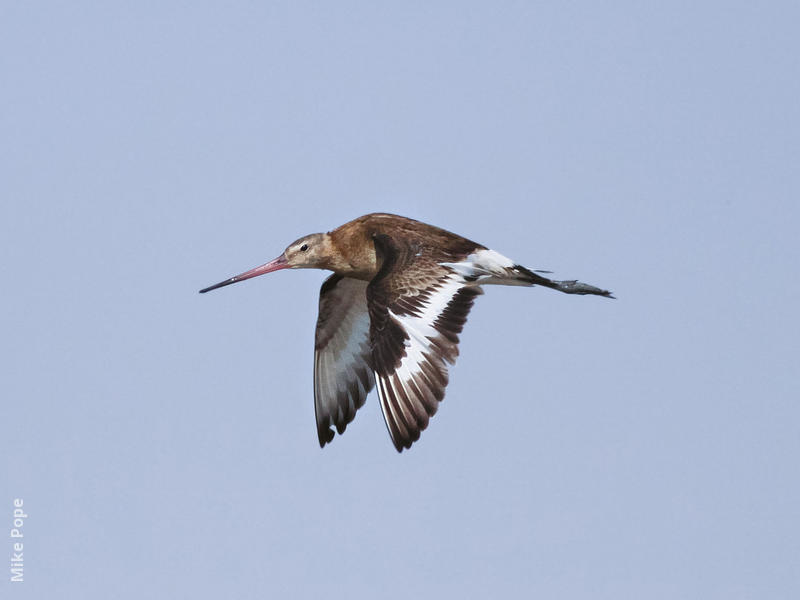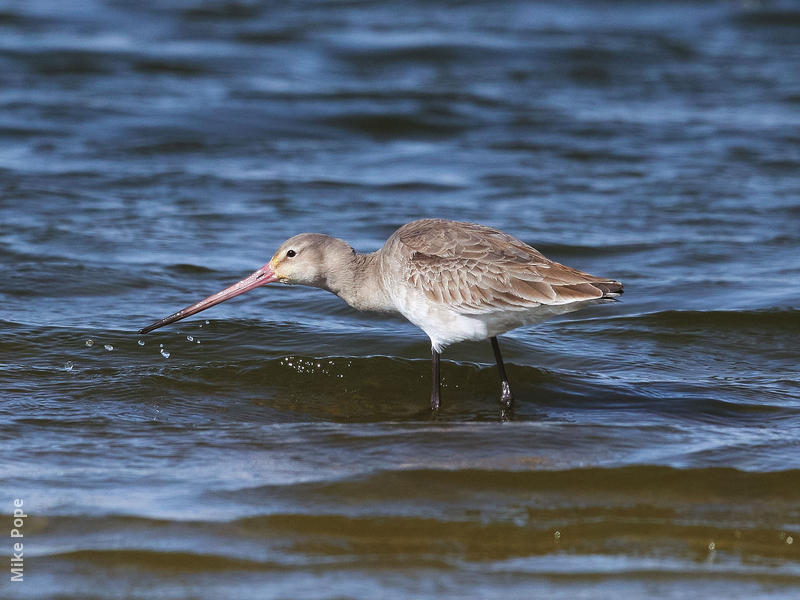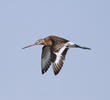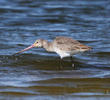- ‹ previous
- 129 of 415
- next ›
Recordings
Scientific Name
Limosa limosa
Arabic Name
بقويقة سلطانية
Kuwaiti name
إرهيز
Family
Similar species
Information
Uncommon passage migrant usually in small numbers; rare winter and scarce summer visitor. On passage favours muddy coasts, inland wetlands and flooded farmland. Its numbers have declined rapidly in parts of its range owing to changes in agricultural practices and wetland drainage.
Where in Kuwait
A large and graceful wader that is generally found on quiet inland pools in the Jahra area where it probes for food in deeper water with it's long and straight bill.Subspecies 'imosa' tends to winter in freshwater habitats, including swampy lake shores, pools, flooded grassland.
In the world
A Near Threatened species, which although it is widespread and has a large global population, its numbers have declined rapidly in parts of its range owing to changes in agricultural practices. It has a large discontinuous breeding range extending from Iceland to the Russian far east, with wintering populations in Europe, Africa, the Middle East and Australasia. It is highly gregarious and migrates on a broad front, making long-distance flights,often overland between relatively few staging and wintering areas. Black-tailed Godwits meet in Iceland from mid-May to mid-June to breed, and in an amazing act of fidelity and timing, faithful pairs meet after over-wintering up to 600 miles apart. Arriving within three days of each other, pairs mate, breed and incubate their eggs together. The male remains with the hatchlings for a short time after the female has left to migrate back to her winter home. At the point the male leaves, he is unaware of the location of his partner, and so migrates elsewhere. This monogamous lifestyle can continue for up to 25 years and is only broken if the male and female fail to arrive within the same three days.
Local threats
Loss of habitat.






